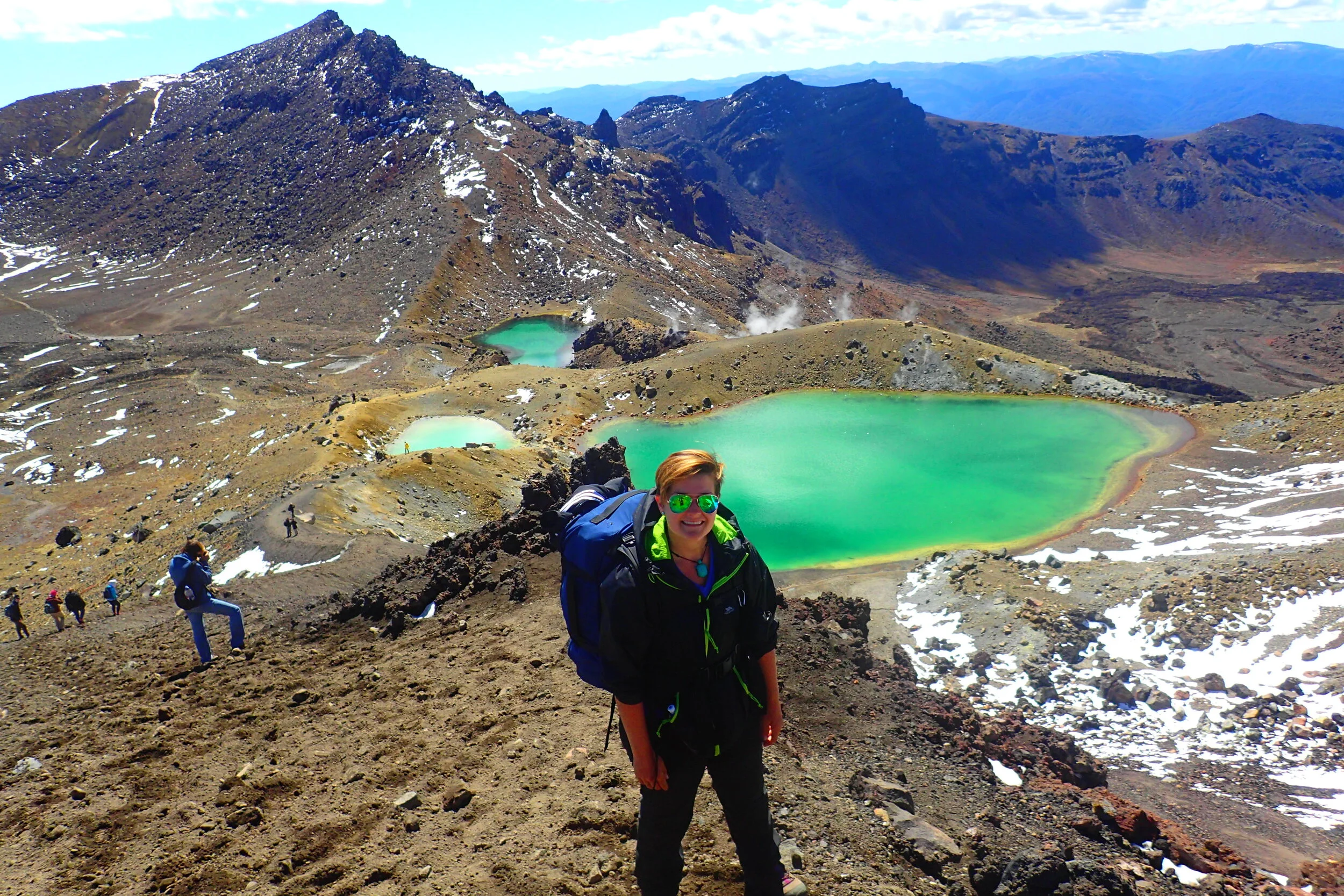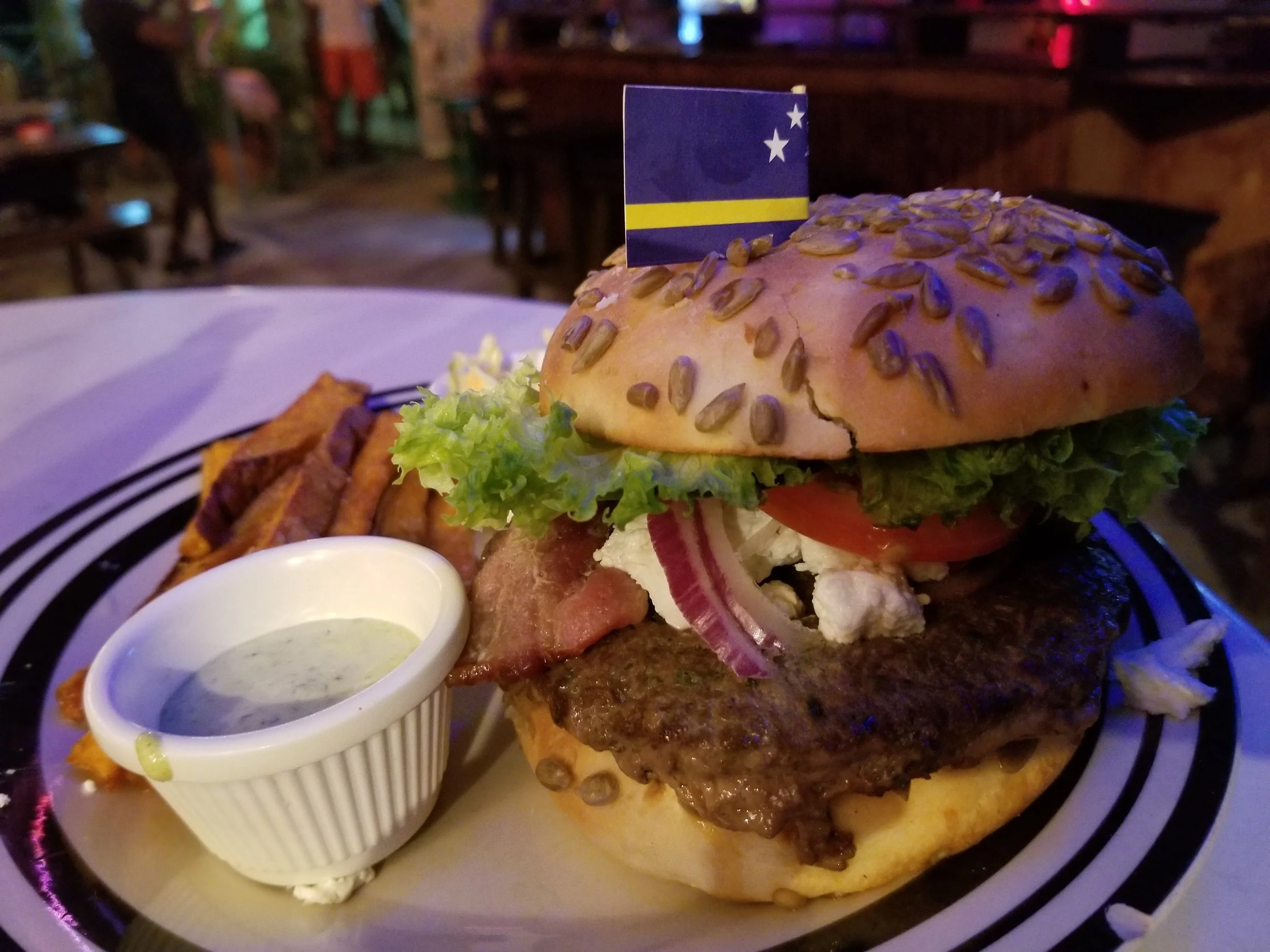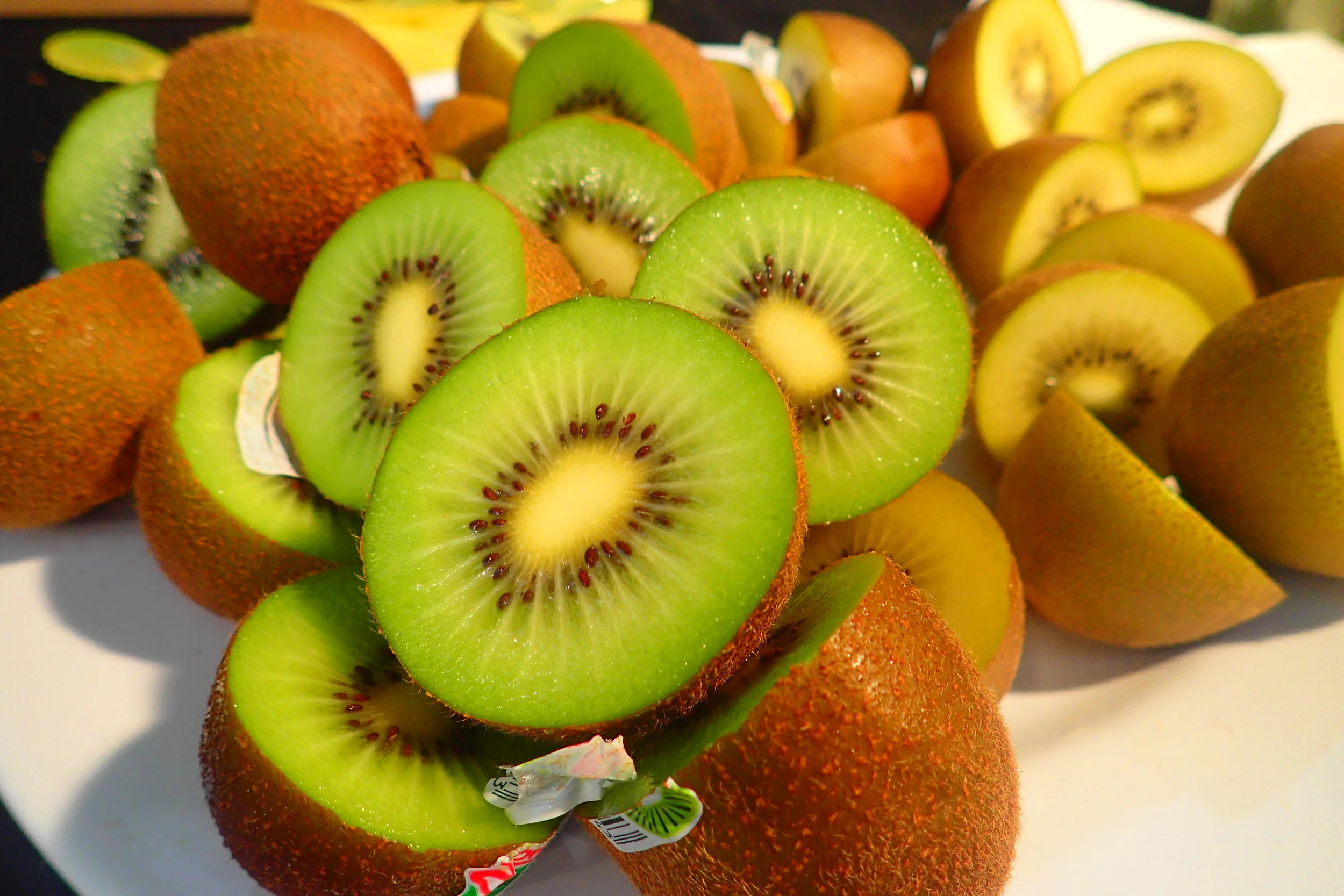My favorite way to explore a country and its culture is through its food.
I enjoyed experiencing Curaçao's unique mix of Caribbean and Dutch food through some of its restaurants, grocery stores, and other little gems I found!
Below I write all about what to eat in Curaçao, including the foods I tried (like iguana!!) and some that I (sadly) missed.
Non-kiwi foodies may look no further than this post for the most comprehensive guide on what to eat while in New Zealand. If you've never been to Aotearoa , the "land of the long white cloud," then you have probably never heard of the majority of the items appearing on this list.
I devoted 10 months of my travel time to living in and eating my way through New Zealand. Inevitably, I ended up sampling almost every food for which New Zealand is famous or infamous.
I still find myself day dreaming about eating some of New Zealand's foods again. This guide describes all of them.
Warning! This post will definitely contain images and video of dead, cooked animal and the eating of said dead animal. So if that bothers you, exit now. I suppose I needed to state this warning at the start of some of my other posts, like the time I ate raw pigs blood in Thailand or the other time I tried Minke Whale in Iceland. I like to eat adventurously while I travel because I like to learn about a culture through its food.
Eating kangaroo in Australia happens to be as normal as eating venison is where I'm from in upstate New York. Kangaroos overpopulate Australian lands causing hundreds of car accidents a year just like white-tailed deer in the USA. I never ate venison back home, but this trip isn't about doing what I normally do. It's about deviating the norm.
When I visit a country, I like to open myself up to the culture through its food. If the food is served at a place locals frequent rather than a tourist trap or if the food is ordered for me by a local, I know I’m getting an authentic experience.
In past posts about my eating experiences in Portland, Iceland and Germany, I was able to name what I ate or at least describe what I ate fairly easily. The numerous, unfamiliar ingredients used in Thai cooking, the complexity of the Thai names for dishes, and the poor English translations usually meant I had no idea what I was eating half the time.
When I decided to go to Pai, I only meant to spend up to 3 days there—but I ended up spending 7 nights! The main reason I ended up staying so long was Jimmy. Jimmy is a 25 year old, Rastafarian Thai man from the southern islands. I met him on the night of the Festival of Lights in Chiang Mai and randomly bumped into him in Pai on my first night there.
Jimmy took me all over Pai on his motorbike and introduced me to his friends at Sunset bar. They all became like family to me. I had a great time with them…well, except when I tried a little snack they were eating one evening!
As a foodie I love to try new foods. I also love to learn about a culture by opening myself up to what they eat even if it means deviating from my own dietary norm. Rejecting food from others in a cultural exchange or missing an opportunity to experience a food significant to that culture due to my own choice would, for me, be an injustice. Therefore, I am putting nearly 20 years of eating habits aside for the whole year of deviation trip. I will try anything—even if presented with food I would never consider eating while back in the U.S. My first norm-deviating food experience occurred while in Iceland.
Not much has changed in the diet of Icelanders since the Viking age. The majority of the Icelandic diet comes from what surrounds the country—the sea. Einar, my host in Reykjavik, told me if I wanted to try a snack that locals commonly munch on, then I should try Hvammsfiskur (ravine fish), a type of fish jerky. Not crunchy or soft, this somewhat tough, dried fish reminded me of tilapia but slightly duller in flavor. If I had the opportunity to eat more I probably would as I enjoy the taste of fish and it’s a very healthy snack.







